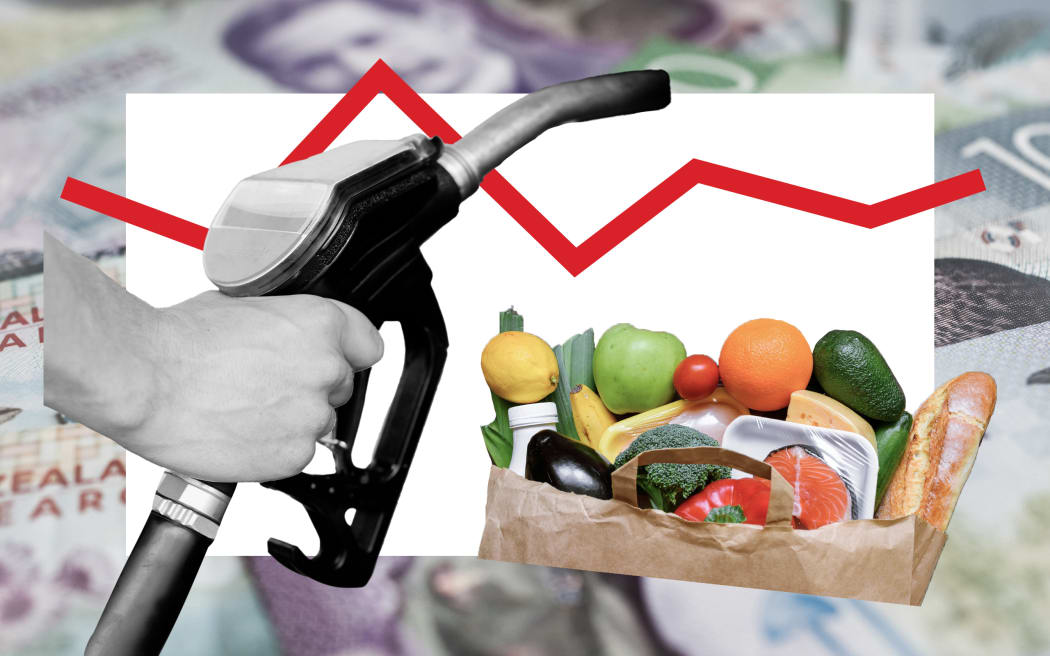Business
Inflation Rises to 3% in New Zealand, Highest in 15 Months

Inflation in New Zealand has reached a 15-month high of 3.0 percent, primarily driven by rising costs in rents, rates, electricity, and food. According to Stats NZ, the consumer price index (CPI) increased by 1.0 percent during the three months ending September, up from 2.7 percent in the previous period. This marks the highest level since June 2022 and brings inflation to the upper limit of the Reserve Bank of New Zealand’s (RBNZ) target band.
The surge in electricity prices, which rose by an astonishing 11.3 percent, was the most significant factor contributing to this annual increase. Nicola Growden, senior manager of prices at Stats NZ, noted that “annual electricity increases are at their highest since the late 1980s, when there were several major reforms in the electricity market.”
Factors Influencing Inflation
Domestic prices, particularly non-tradables like rates and rents, have remained crucial drivers of inflation. These costs rose by 1.1 percent for the quarter and 3.5 percent for the year, representing the slowest increase in four years. Rates alone saw an increase of 8.8 percent compared to the previous year. Since Stats NZ only collects data on rate changes annually, these adjustments significantly influence quarterly inflation figures.
The cost of purchasing a new home also saw a rise of 0.8 percent, attributed to competitive pricing and lower fitting costs. In contrast, the price of imported goods and services increased by 0.8 percent for the quarter and 2.5 percent for the year, marking the highest increase since late 2023. This rise in imported inflation reflects the growing prices for export food items such as dairy and meat, along with higher expenses for overseas accommodation. Notably, cheaper petrol and telecommunications equipment provided some relief, mitigating the overall inflationary pressure.
Future Outlook and Economic Context
These inflation figures align with economists’ expectations, although many continue to predict that the annual rate will surpass the RBNZ’s target band of 1-3 percent. Various indicators suggest an underlying inflation rate of around 2.5 percent.
In response to these economic conditions, analysts expect the RBNZ to announce a further cut to the official cash rate in the coming month, potentially lowering it to 2.25 percent. This adjustment is anticipated due to ongoing economic weakness, which is contributing to downward pressure on inflation.
Currently, New Zealand’s inflation rate is comparable to that of Australia, exceeding rates seen in the European Union and the United States. However, it remains lower than that of the United Kingdom and the OECD average, which hovers around 4 percent.
As the economic landscape continues to evolve, stakeholders will be closely monitoring the impact of these inflationary trends and the RBNZ’s monetary policy adjustments in the months ahead.
-

 World4 months ago
World4 months agoTest Your Knowledge: Take the Herald’s Afternoon Quiz Today
-

 Sports4 months ago
Sports4 months agoPM Faces Backlash from Fans During Netball Trophy Ceremony
-

 Lifestyle4 months ago
Lifestyle4 months agoDunedin Designers Win Top Award at Hokonui Fashion Event
-

 Entertainment4 months ago
Entertainment4 months agoExperience the Excitement of ‘Chief of War’ in Oʻahu
-

 Sports4 months ago
Sports4 months agoLiam Lawson Launches New Era for Racing Bulls with Strong Start
-

 World5 months ago
World5 months agoCoalition Forms to Preserve Māori Wards in Hawke’s Bay
-

 Lifestyle4 months ago
Lifestyle4 months agoDisney Fan Reveals Dress Code Tips for Park Visitors
-

 Health4 months ago
Health4 months agoWalking Faster Offers Major Health Benefits for Older Adults
-

 Politics4 months ago
Politics4 months agoScots Rally with Humor and Music to Protest Trump’s Visit
-

 Top Stories5 months ago
Top Stories5 months agoUK and India Finalize Trade Deal to Boost Economic Ties
-

 Health2 months ago
Health2 months agoRadio Host Jay-Jay Feeney’s Partner Secures Visa to Stay in NZ
-

 World5 months ago
World5 months agoHuntly Begins Water Pipe Flushing to Resolve Brown Water Issue









